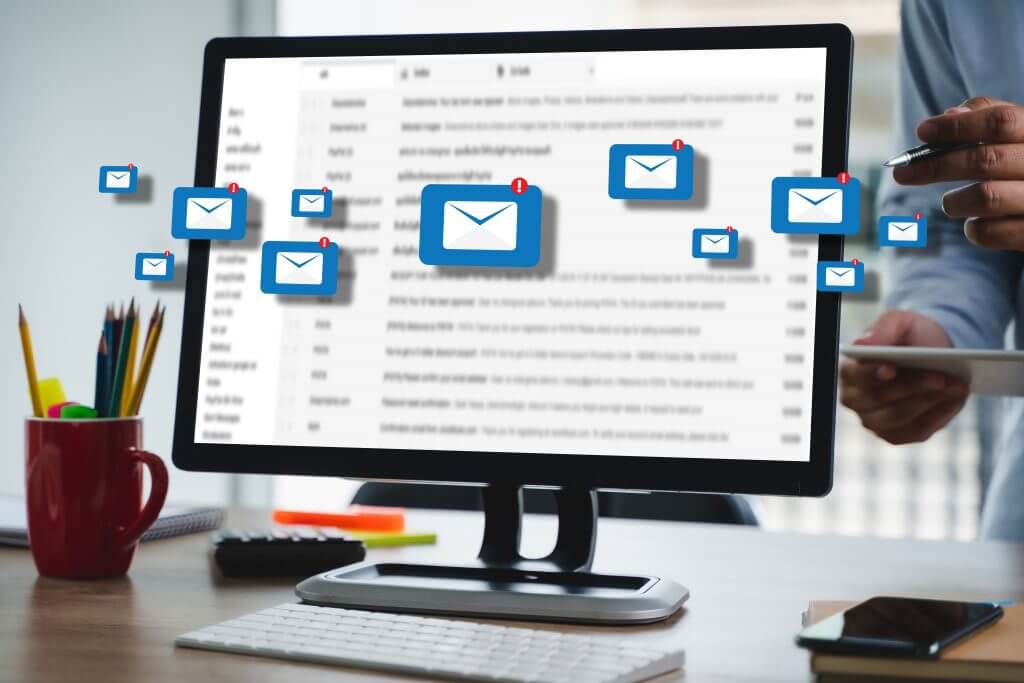
Email marketing remains a powerhouse in the world of digital marketing, offering one of the most effective ways to reach and engage your audience. However, for your email campaigns to succeed, it’s essential to understand the nuances of creating emails that not only land in your recipients’ inboxes but also entice them to open and read the content. In this comprehensive guide, we’ll explore the best practices to boost your email open rates and maximize the impact of your email marketing efforts.
Segment Your Email List
One-size-fits-all email campaigns are no longer effective. To improve open rates, segment your email list based on factors like demographics, purchase history, and engagement level. This allows you to send highly targeted and relevant content to different groups within your audience, increasing the chances of your emails resonating with recipients.
Craft Engaging Subject Lines
Your email’s subject line is the first thing recipients see, and it greatly influences whether they open the email or send it straight to the trash. Create subject lines that are concise, intriguing, and relevant to the email’s content. Consider using personalization, humor, or curiosity to pique your subscribers’ interest.
Examples:
– “Exclusive Offer Inside: 30% Off Your Favorite Products!”
– “Don’t Miss Out on This Week’s Tips for Boosting Productivity”
– “Your [Product] Questions Answered – Join Us for a Live Q&A”
Optimize Preheader Text
The preheader text is a short preview of the email’s content that follows the subject line. Make this text count by providing a teaser or additional information that complements the subject line. It should complement the subject line and entice readers to open the email.
Focus on Mobile Responsiveness
With the majority of emails now opened on mobile devices, it’s crucial to ensure your emails are mobile-friendly. Use responsive design to adapt your email’s layout and content to different screen sizes. Test your emails on various devices and email clients to ensure they display correctly.
Send Emails at the Right Time
Timing matters in email marketing. Analyze your audience’s behavior to determine when they are most active and likely to check their emails. Schedule your campaigns to align with these peak times, whether it’s during working hours or evenings and weekends.
Build Trust with Consistency
Establishing trust with your audience is vital for higher open rates. Use a recognizable “From” name and email address to ensure recipients can identify your brand easily. Consistency in sending frequency and content also helps build trust over time. Avoid sending emails too frequently, which can lead to subscriber fatigue and decreased open rates.
Personalize Email Content
Personalization goes beyond using your subscriber’s name in the email. Leverage data to personalize the email’s content, including product recommendations based on past purchases or content suggestions tailored to their interests. Personalized emails are more likely to capture the recipient’s attention.
A/B Test Your Emails
Experimentation is key to optimizing your email marketing strategy. Conduct A/B tests on various elements of your emails, such as subject lines, email copy, visuals, and calls to action. Analyze the results to identify what resonates best with your audience and refine your future campaigns accordingly.
Implement a Re-Engagement Campaign
Inactive subscribers can harm your email deliverability and open rates. Implement a re-engagement campaign to win back these subscribers. Send targeted emails with incentives or reminders of the value they’ll receive by staying subscribed. If they don’t respond, consider removing them from your list to maintain list hygiene.
Use Social Proof
Leverage social proof elements in your emails to build trust and credibility. Include customer reviews, testimonials, or user-generated content that showcases the positive experiences of others with your products or services. This can reassure recipients and encourage them to engage with your email.
Monitor and Analyze Metrics
Regularly monitor key email marketing metrics, such as open rates, click-through rates, and conversion rates. Analyze the data to gain insights into your audience’s preferences and behavior. Use these insights to refine your email content and strategy continually.
Implement Clear Calls to Action (CTAs)
Your email should have a clear and compelling call to action (CTA). Whether it’s to “Shop Now,” “Learn More,” or “Get Started,” the CTA should stand out visually and convey a sense of urgency or benefit to the recipient.
Test Different Sender Names
Sometimes, changing the “From” name in your email sender information can positively impact open rates. Test variations of your sender name to see if it influences recipient behavior. For example, try using a real person’s name versus your brand name.
Keep Emails Concise
In today’s fast-paced digital landscape, people often skim through their emails. Keep your emails concise and to the point. Use short paragraphs, bullet points, and visuals to make the content easily scannable. Long, dense emails are more likely to be ignored.
Leverage FOMO (Fear of Missing Out)
Create a sense of urgency or exclusivity in your emails to trigger the fear of missing out (FOMO). Use phrases like “Limited Time Offer” or “Exclusive Access” to encourage recipients to open your email promptly.
Email marketing remains a powerful tool for engaging your audience and driving conversions, but success relies on delivering emails that capture attention. By implementing these best practices for higher open rates, you’ll improve the effectiveness of your email marketing campaigns and ultimately achieve better results. Remember that continuous testing and optimization are essential to staying ahead in the ever-evolving world of email marketing.



